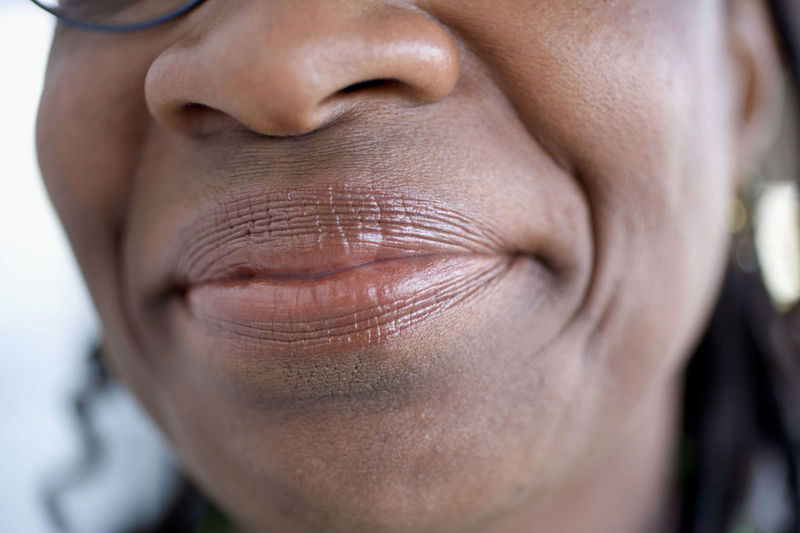SUNDAY, May 29, 2016 (HealthDay News) — As folks start baring more skin at the beach, pool or barbecue this Memorial Day weekend, that means it’s time to start covering up with sunscreen.
Exposure to UVA and UVB rays is always harmful, an expert from Penn State Melanoma and Skin Cancer Center pointed out.
The damage from these UV rays may be obvious right away in the form of a tan or sunburn, but they can lead a range of problems, from wrinkles to skin cancer, cautioned Dr. Colette Pameijer, a surgical oncologist and associate director of translational research.
“My general sense is that people are much more savvy about sun exposure,” Pameijer said in a center news release.
However, choosing a sunscreen from the wide array of lotions and sprays with various ingredients may be confusing, she noted.
Most sunscreens on the market offer broad spectrum protection from both UVA and UVB rays, but SPF values can range widely, from 2 to 100.
The SPF number indicates how many more minutes the sunscreen will allow someone to remain in the sun without getting burned than if they had no protection on their skin, explained Pameijer.
“I think what a lot of people don’t realize is that SPF is really a personal number,” she said. “The amount of protection that I get from an SPF 30 is different than what someone else with a different skin type would get.”
Most people should apply sunscreen with a minimum SPF 30, but it may not be wise to pay more for SPFs higher than 55, Pameijer said.
“You may end up paying a lot of money for diminishing returns, and it may lead to a false sense of security,” she said. “The product needs to be used correctly — reapplied every two hours — in order to work. If you pay a lot of money for a sunscreen and then use it sparingly, you’re not really getting the SPF you think.”
Some men may shy away from products that contain fragrance. Pameijer recommended they consider trying one of the sunscreens designed specifically for men.
Meanwhile, parents applying sunscreen on their children may opt for a convenient spray. It’s important to be sure the product is actually being applied to the skin and not blowing away in the breeze, Pameijer said.
“You want to make sure you are getting the coverage and protection you need,” she said.
Those who would rather not apply sunscreen to their skin can opt for UV clothing, which is available at many mass retailers and sporting goods stores.
A regular white T-shirt has an SPF of 3 but UV clothing is rated between SPF 30 and SPF 50, Pameijer explained. Most UV clothes are made with bathing suit fabric so it can be worn in and out of water. Unlike sunscreen that wears off and needs to be reapplied, UV clothes will protect people from the sun as long as they are wearing them.
“The best sunblock is one that you will wear, so find one you like,” said Pameijer.
More information
The U.S. Food and Drug Administration provides more information on sunscreen and sun protection.
Copyright © 2025 HealthDay. All rights reserved.

